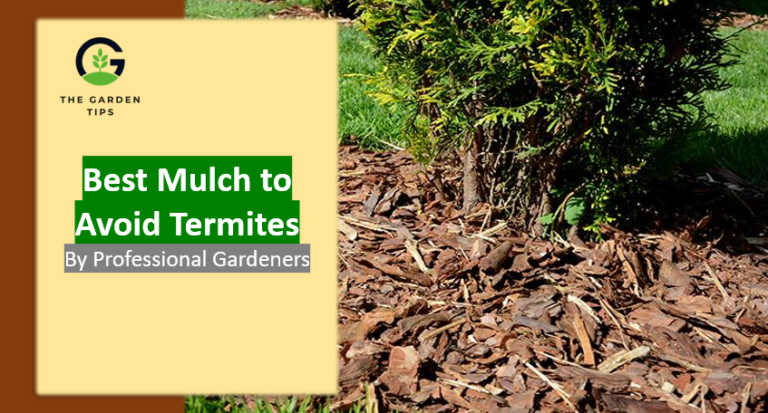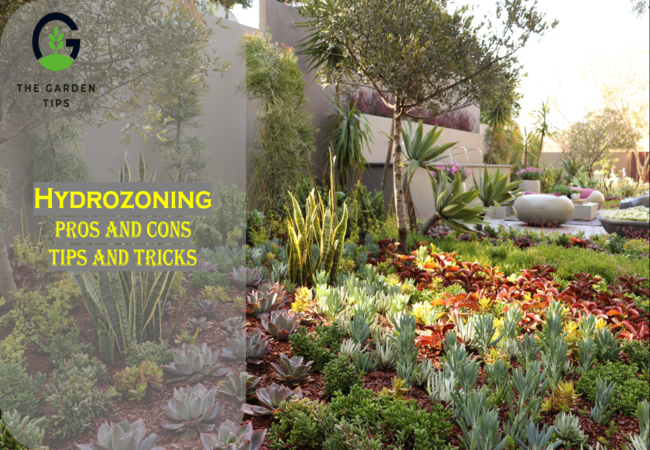Xeriscaping is a type of landscaping that involves creating a garden that can thrive in arid or semi-arid regions with minimal water use. The principles of xeriscaping are important guidelines when designing and creating a xeriscape garden. The principles provide a framework for creating sustainable and water-efficient landscapes.

By following these principles, you can implement xeriscaping in your home to create beautiful, functional landscapes requiring minimal maintenance and water. With careful planning and thoughtful design, xeriscaping can be adapted to a variety of sites and climates, making it a versatile and environmentally friendly landscaping approach.
Principle 1: Planning and Design
The first principle of xeriscaping is planning and design. Designating a landscape appropriate for your region’s climate and soil conditions is important. A good xeriscape design considers the slope and aspect of your property, the type of soil and the microclimate. The design should also include trees, shrubs, and ground covers that suit the climate and soil conditions.
Principle 2: Soil Improvement
The second principle of xeriscaping is soil improvement. The soil’s health is important for plants’ growth and development, and healthy soil can help conserve water. Soil improvement can be achieved by adding organic matter, such as compost or manure, which helps improve soil structure and water-holding capacity. Mulching is another effective way to improve soil health, as it helps to retain moisture in the soil and suppresses weed growth.
Principle 3: Water-Efficient Landscaping
The third principle of xeriscaping is water-efficient landscaping. Water-efficient landscaping involves using plants adapted to the local climate and soil conditions that require minimal watering. Drought-tolerant plants, such as cacti and succulents, are excellent for xeriscaping. It is also important to group plants with similar water requirements together, making it easier to water them efficiently.
Principle 4: Use of Mulch
The fourth principle of xeriscaping is the use of mulch. Mulching helps to retain moisture in the soil and suppresses weed growth. It can also help to regulate soil temperature and improve soil health. Organic mulches, such as bark or wood chips, are preferred over inorganic mulches, such as rocks or gravel, as they provide nutrients to the soil as they decompose.
Principle 5: Efficient Irrigation
The fifth principle of xeriscaping is efficient irrigation. Water is a precious resource, and xeriscaping is designed to help conserve it. Efficient irrigation techniques, such as drip irrigation or soaker hoses, can help to minimize water use by delivering water directly to the root zone of plants. It is also important to water plants at the right time, such as early morning or late evening, when evaporation rates are lowest.
Principle 6: Appropriate Lawn Area
The sixth principle of xeriscaping is appropriate lawn area. Lawns require a lot of water to stay healthy, which can be difficult to maintain in arid regions. Xeriscaping encourages the use of lawns only in areas where they are functional, such as play areas or outdoor living spaces. Drought-tolerant grasses, such as Bermuda grass, are also recommended in lawn areas.
Principle 7: Maintenance
The 7th principle of xeriscaping is maintenance. While xeriscaping is designed to require minimal maintenance, it is still important to properly care for the landscape. This includes pruning, fertilizing, and monitoring for pests and diseases.







